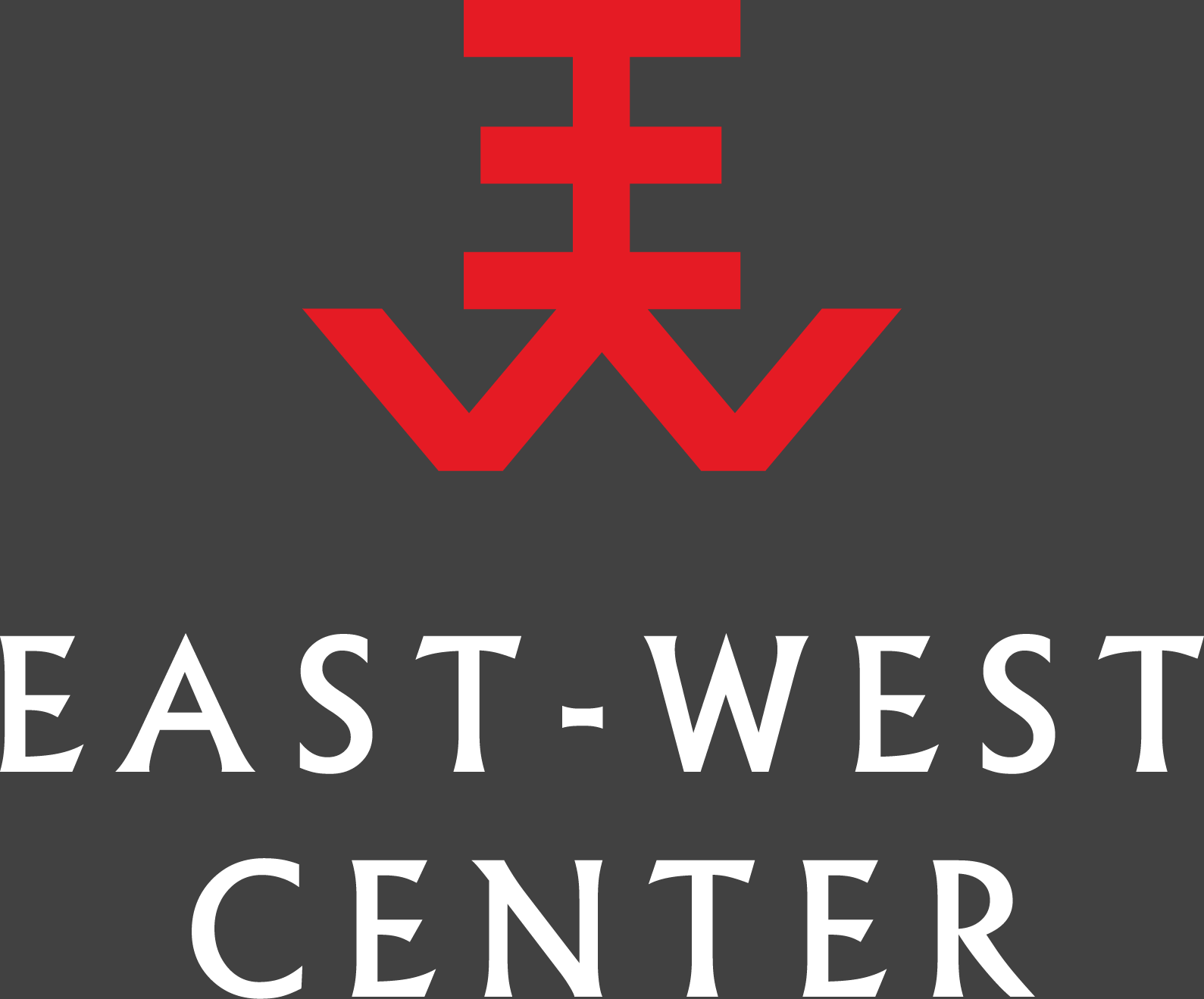►▼ Where is this data from?
This chart is based on data from the ROK Customs Service and the ROK Ministry of Unification. Inter-Korean trade holds a unique place in South Korean trade data: ROK government agencies do not consider inter-Korean trade as trade between two sovereign nations, and thus compile this trade data separately from South Korea's international trade data, and refer to “inbound” and “outbound’ transactions with North Korea rather than imports and exports.
►▼ What have been the major trends in inter-Korean trade?
Legalized inter-Korean trade began taking place on a limited scale after 1989; inter-Korean trade and South Korean investment in the North expanded considerably under South Korea’s “Sunshine Policy” (1998-2008). South Korea also provided considerable aid to North Korea while the Sunshine Policy was in place, and the two Koreas created two special economic zones during this period: the Kaesong Industrial Complex (KIC) and the Mt. Kumgang Tourist Region.
After a more conservative government took office in Seoul in 2008, inter-Korean aid was scaled down considerably, and South Korean tours at Mt. Kumgang were permanently suspended after a tourist was shot and killed there. South Korea’s “May 24 Measures,” imposed in response to the March 2010 sinking of the ROKS Cheonan, closed off most avenues for inter-Korean trade other than the KIC. Inter-Korean cooperation at Kaesong was suspended indefinitely in February 2016, in response to concerns that funds from the project were being used for North Korea’s nuclear program.
In 2018-19, South Korean President Moon Jae-in met with North Korean leader Kim Jong-un in an effort to revive inter-Korean relations. However, the summit process did not lead to a significant revival of inter-Korean economic activities, other than a facilitating a modest amount of humanitarian assistance to the North and a handful of cultural and humanitarian exchange initiatives.
►▼ How are inter-Korean trade categories defined?
The ROK Ministry of Unification uses the term "Economic Cooperation Projects" to refer to trade related to the Kaesong Industrial Complex and Mt. Kumgang Tourism Zone. "Non-Commercial Trade" includes public- and private-sector aid to North Korea, inter-Korean cooperation projects, and trade related to the light-water project outlined by the Agreed Framework. "General Trade" includes all other trade, including processing-on-commission.
►▼ How is inter-Korean aid categorized?
The South Korean government has provided humanitarian assistance to North Korea both directly and by providing funds to organizations conducting humanitarian work in the North. These organizations have included the ROK Red Cross, various South Korean NGOs, and international organizations (such as UN agencies) operating in the North. Additionally, while the Sunshine Policy (1998-2008) was in place, the South Korean government provided several food loans to the North at generous terms. Although repayment for the first of these loans was scheduled to begin in 2012, North Korea has yet to pay any of its debt.
While the South Korean government has provided the majority of inter-Korean aid, some assistance has also been privately funded. South Korea legalized the provision of private-sector aid to the North in 1999, and such aid reached a peak in the mid-2000s. Private-sector aid declined after the Sunshine Policy ended, as the South Korean government imposed restrictions on inter-Korean exchanges.





